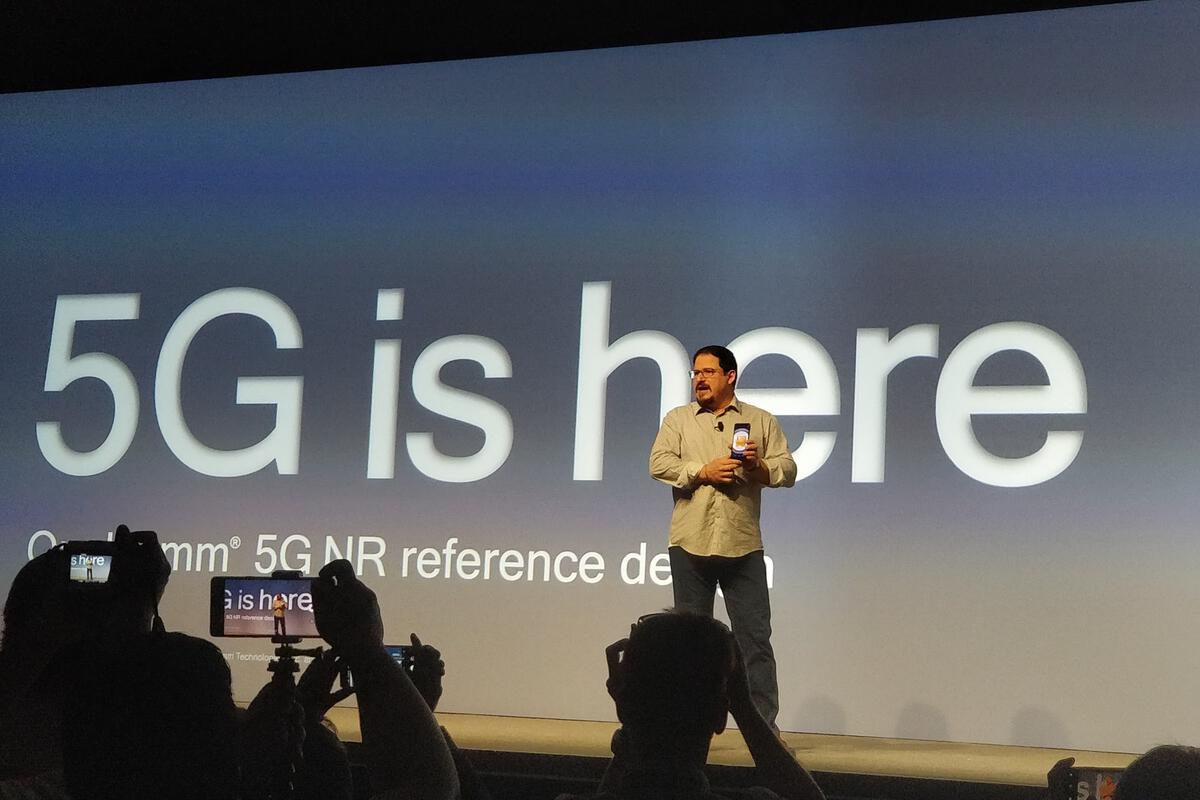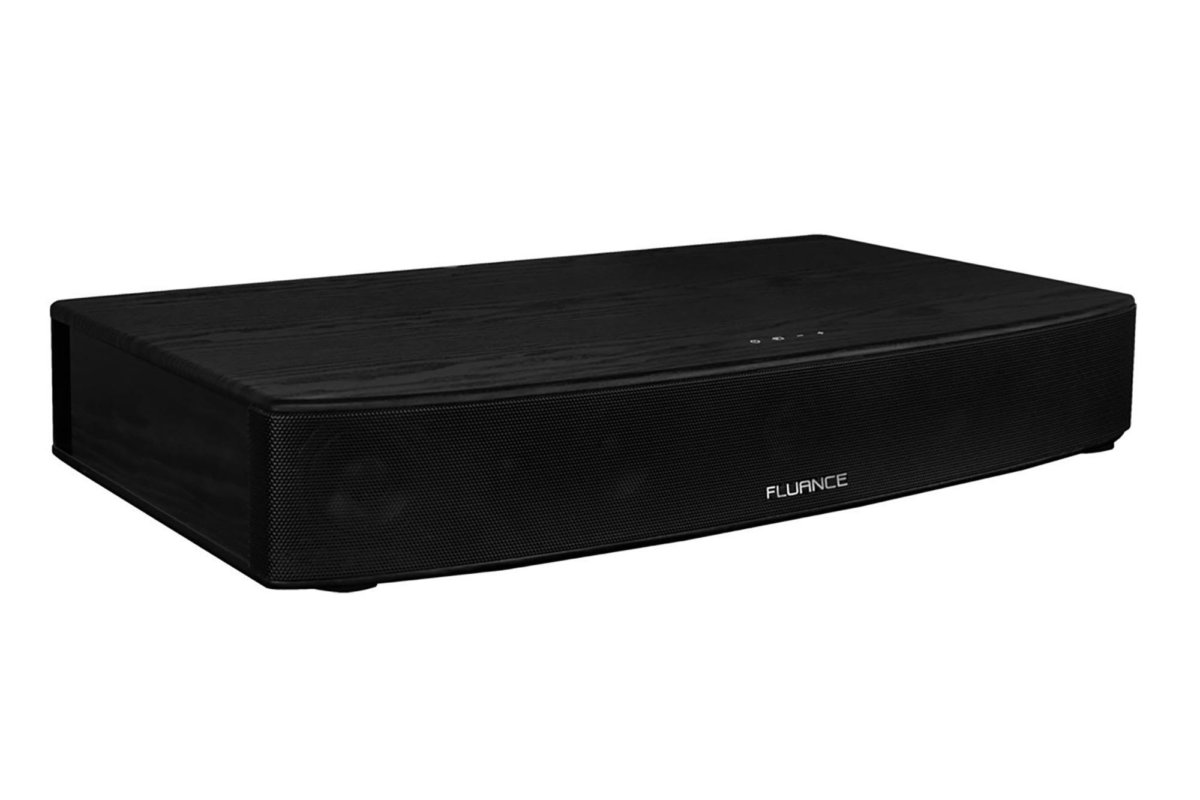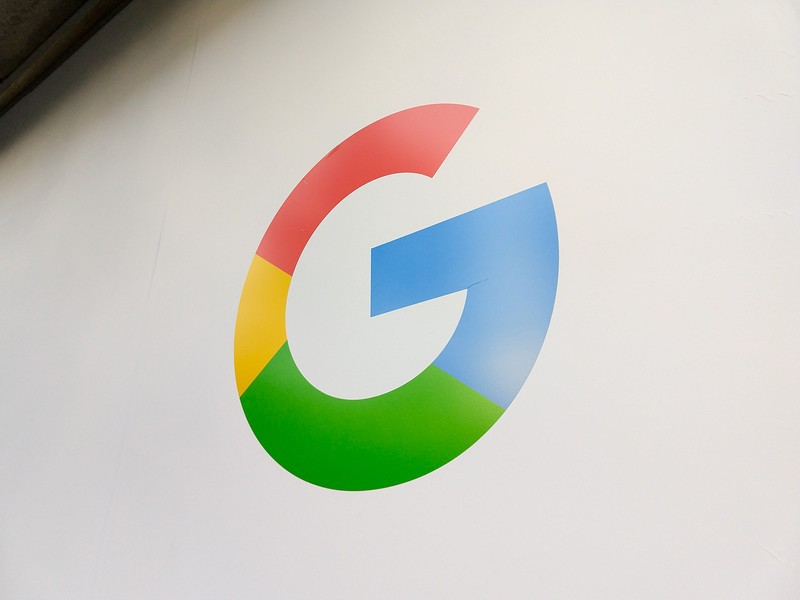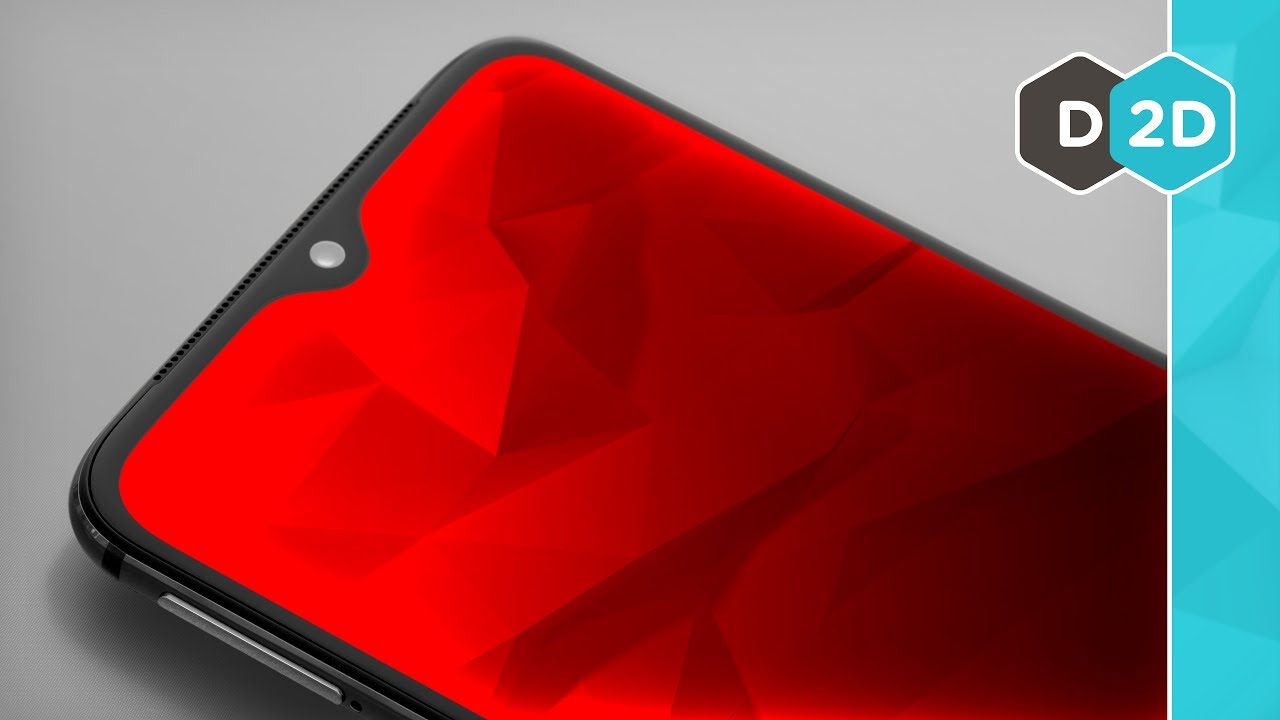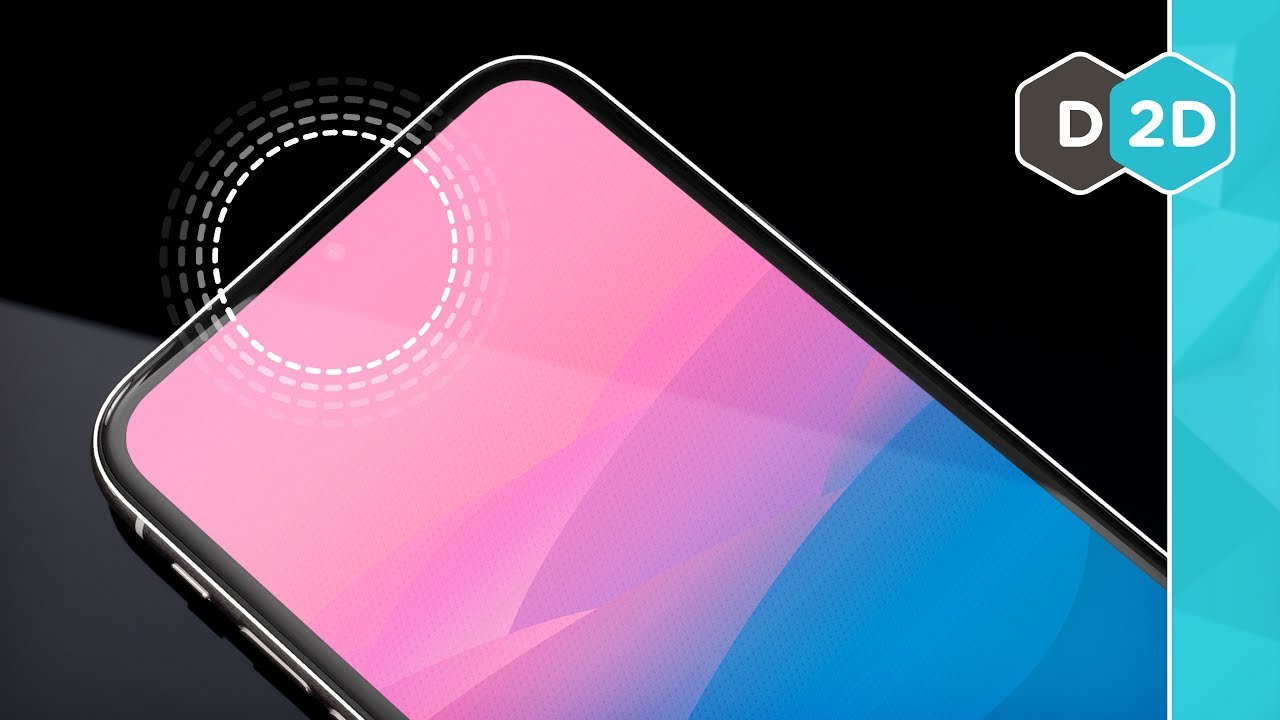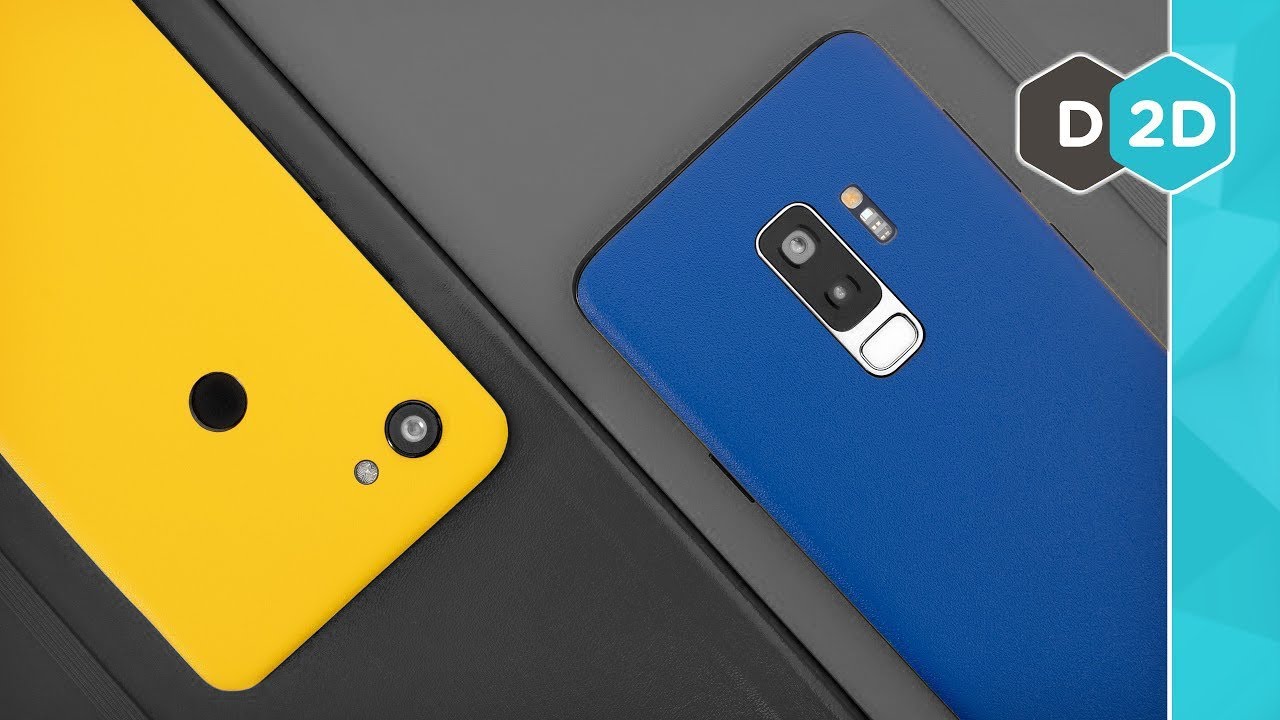The marketing machine for 5G is just getting warmed up. AT&T arguably fired the first shot when it started re-labeling some of its 4G LTE service “5G Evolution,” complete with a “5G e” logo in the status bar of some phones. Soon, 5G will be everywhere you look. All four major carriers are going to spend billions of dollars hyping up “5G” and trying to convince you that, one, you need it, and two, their carrier has the best 5G.
It’s all going to be needlessly confusing, too. The carriers will bamboozle us with big bandwidth numbers, coverage maps, and confusing claims that have little to do with reality.
Here’s what you really need to know about 5G and how it’s going to impact you as an iPhone user.
What is 5G, anyway?
Simply put, 5G is the next major step in mobile wireless technology.
1G was the old analog, voice-only cellular stuff from the ‘80s.
2G gave us SMS texts and MMS pictures, and eventually (as a sort of interim step) some limited data transmission.
3G was the birth of the mobile internet. Speeds were slow, but you could load maps and webpages and make crude video calls. The original iPhone was a 3G device.
4G is the LTE service we have today (though some carriers tried to brand their late-stage 3G service as 4G). It has evolved and improved over the years, offering faster data speeds and better reliability. The iPhone 5 was the first to support 4G LTE, though modern iPhones support newer 4G technologies that greatly improve cellular speed and reliability.
5G is the next step, and is meant to take us through the next decade of wireless service improvements. It should offer vastly improved speed, more reliable connections, and perhaps most importantly, it’s being designed to accommodate a vastly expanded number of connected devices.
Why should I care about 5G?
In the short term, you probably shouldn’t. It’s going to take some time before 5G networks are really available everywhere and nearly any mobile device you want to use…
https://www.macworld.com/article/3406470/5g-faq-iphone.html#tk.rss_all

